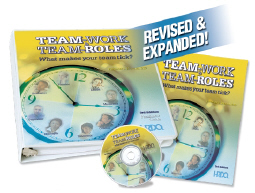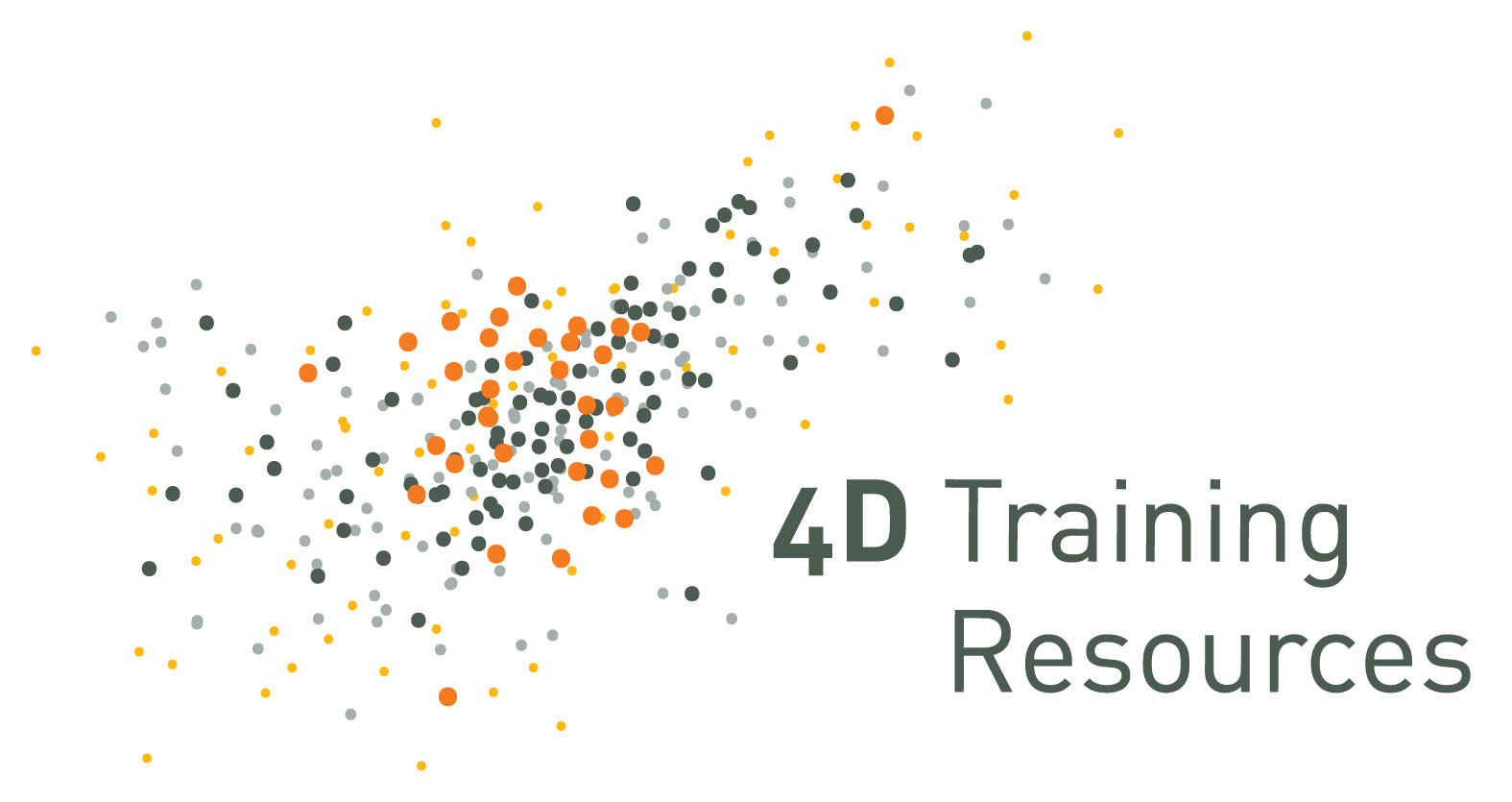Team-Work & Team-Roles Assessment

Ideally, team-work proceeds sequentially from initiation to ideation, elaboration, and completion. But research shows that teams often diffuse their efforts by spending time on work they prefer to do, oftentimes skipping essential phases.
Pinpoint which phases of group work interest your teams most and identify which behavioral role(s) team members habitually play or ignore with Team-Work & Team-Roles. This 18-item assessment is a powerful tool to help individuals and teams understand and improve team performance.
Learning Outcomes
- Identify preferred individual and team-roles and work phases
- Learn how to deliberately cultivate the missing team-roles and work phases
- Discover how to resolve team-roles that conflict
- Explore the strengths and weaknesses of teams that are “stuck” in various team-work/team-role combinations
Theory
The model for Team-Work & Team-Roles is based on research in the areas of team-roles and team effectiveness. This model assigns 8 specialized roles to 4 phases of the Team-Work Cycle.
How It Works
Using an 18-item assessment, team members rank-order sets of 4 statements describing their manner of working in a team. A team profile (created by compiling individual profiles) and group discussion then help the teams to discover how they can modify their behavior to ensure roles and phases are addressed.
Uses for Team-Work & Team-Roles
Team-Work & Team-Roles is effective when used as a stand-alone instrument as well as a component of a larger training program. It has been used in a variety of settings and in numerous companies, including public seminar organizations, computer manufacturers, banks, hospitals, public utilities, municipal and state governments, and the federal government. Some uses for Team-Work & Team-Roles include:
- Management Training – to train/develop supervisors and managers and train colleagues in teamwork skills
- Team Training – To help teams accomplish specific projects, programs, and tasks; to assist in designing teams; to diagnose strengths and weaknesses of potential teams; and to integrate team formation with the problem-solving processes of time-bound teams
- Team Building – To help resolve internal personal conflicts
- Self-Managed Teams – To help these types of teams decide how to carry out their work
What to Order/Product Contents
Order one Facilitator Guide per facilitator and one Participant Guide per participant.
Facilitator Guide includes
- Administrative guidelines
- Optional 2-hour workshop
- Experiential learning methodology
- Description of the Team-Work Cycle and Team-Roles Model
- Interpretive information
- Technical information including validity and normative data
- Sample training designs
- Training outline template
- 4 supplemental activities
- CD-ROM containing PowerPoint® presentations and reproducible masters including a certificate of achievement, training evaluation, and handouts
- Sample copy of the redesigned Participant Guide
- Convenient binder format
Participant Guide includes
- 18-item assessment
- Pressure-sensitive response form
- Description of the Team-Work Cycle and Team-Roles Model
- Diagrams for charting scores/creating profiles
- Interpretive information
- Team-Work Style Descriptions
- Tips for building on team strengths/overcoming weaknesses
- Exploration questions/action planning

